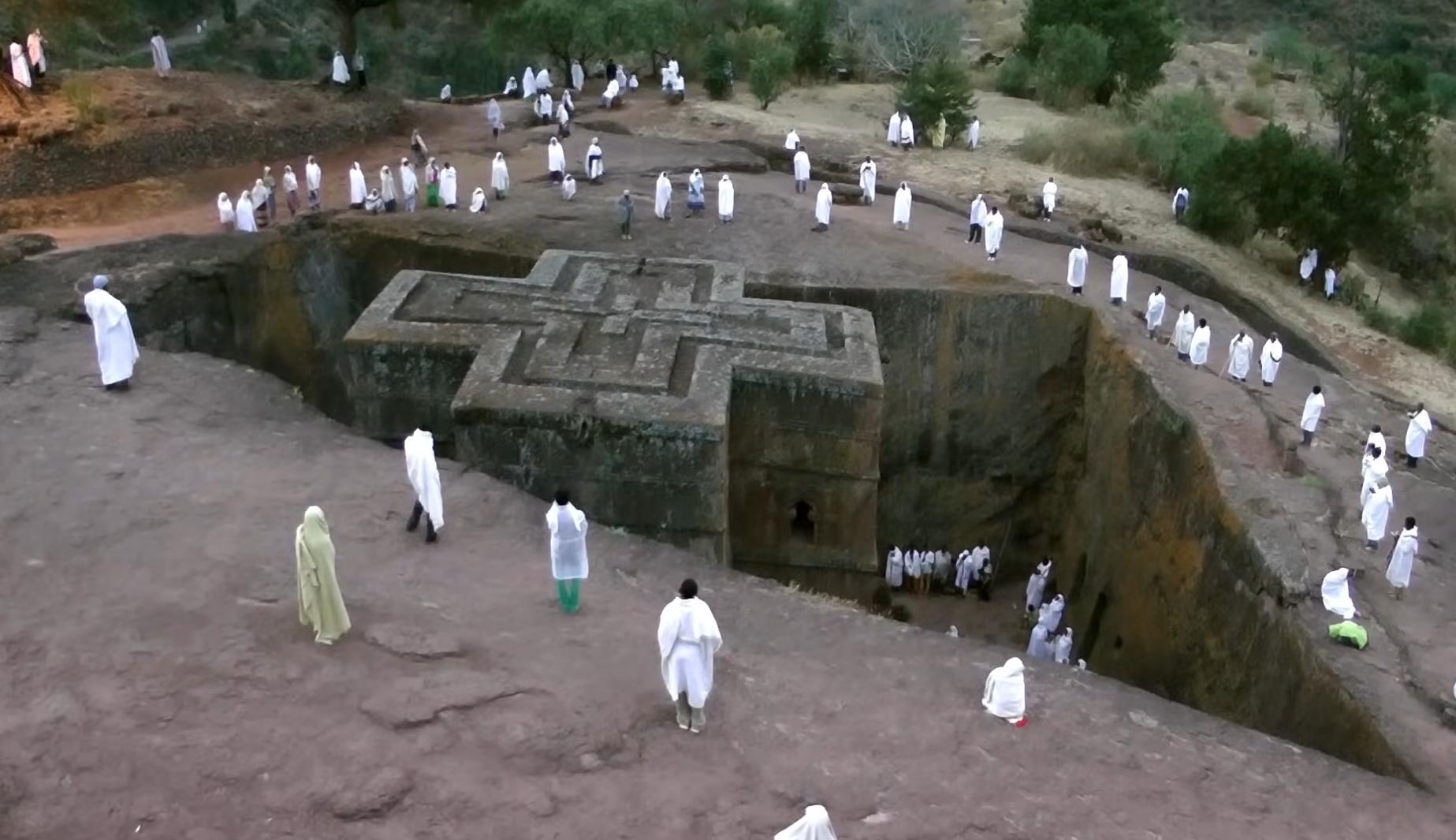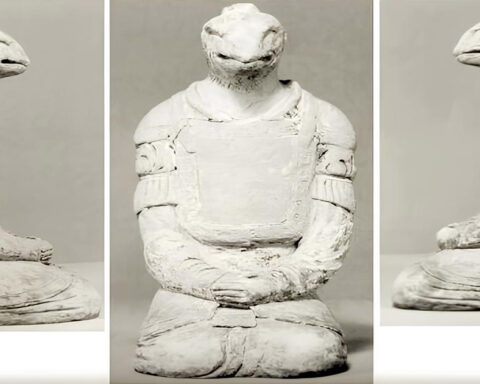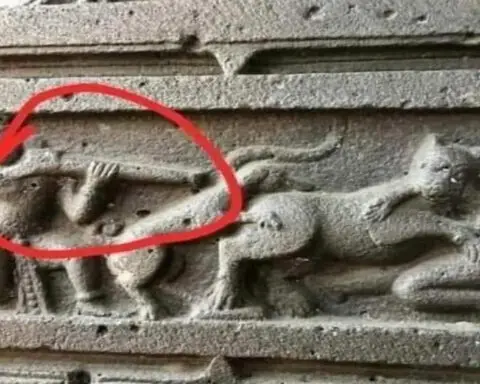In the expansive terrains of Ethiopia, a realm steeped in ancient tales and mystical landscapes lies the enigmatic town of Lalibela. This place is not just a geographical location; it’s a portal to a bygone era, home to an architectural marvel that has puzzled historians, archaeologists, and travelers alike. The monolithic rock-hewn churches of Lalibela, with their astonishing architecture, continue to stand as a testament to an ancient civilization’s ingenuity and spiritual fervor. These structures are not merely buildings; they are a narrative etched in stone, compelling us to explore the depths of their mysteries.
The Genesis of Lalibela’s Architectural Wonders

Nestled approximately 370 miles north of Addis Ababa and perched at an elevation of 8,200 feet, Lalibela serves as the guardian of eleven monolithic churches, carved from the very heart of the earth. These churches, the largest monolithic structures of their kind in the world, have been silently watching over the landscape for at least 800 years. Recognized as a UNESCO World Heritage site, their creation is shrouded in legend and awe.
The town, named after King Lalibela of the Zagwe dynasty, was envisioned to be a new Jerusalem for those who could not make the pilgrimage to the Holy Land. This ambitious dream led to the creation of a complex that mirrors the biblical Jerusalem, complete with its own River Jordan. Yet, the origins of these churches delve deeper into history, with some like Merkorios, Gabriel-Rufael, and Danagel, possibly predating King Lalibela’s reign, serving as fortifications or palatial structures from the Axumite Kingdom’s final days.
Lalibela’s Monolithic Masterpieces

The eleven churches are ingeniously grouped into two clusters, with Bet Giorgis standing in splendid isolation. Carved directly from the rock, these edifices are interconnected by a labyrinth of tunnels and walkways, each showcasing unique architectural features. Their façades boast intricate carvings, while the interiors are adorned with frescoes and relics, narrating stories of faith and devotion. The largest among them, the house of Medhane, commands awe with its colossal dimensions, standing as a pinnacle of ancient engineering and artistic expression.
The Mysterious Construction of Lalibela’s Churches
The construction of Lalibela’s churches is a tale of divine intervention, human perseverance, and enigmatic methods. Legends tell of an angel who commanded King Lalibela to erect these sanctuaries, with celestial beings and mortals collaborating to realize this heavenly vision. Workers toiled by day, while angels purportedly continued the labor by night. The speed and technique of their construction baffle modern scholars, who find the notion of completing such monumental tasks within 24 years, using primitive tools, nearly impossible. Yet, the absence of the excavated material raises further questions, deepening the mystery of Lalibela.
Lalibela: A Living Legacy

Lalibela is more than an archaeological site; it’s a vibrant spiritual hub, hosting a community of priests and monks. This sacred town comes alive during major Ethiopian Christian feasts, drawing pilgrims from far and wide, echoing the chants and prayers that have resonated through its walls for centuries. The synergy between the church and state in preserving Lalibela ensures that its legacy continues to inspire and mystify.
Unveiling Lalibela’s Secrets
The enigma of Lalibela lies not just in its architectural grandeur but in the myriad questions it poses. How were these monumental structures carved with such precision using rudimentary tools? What became of the vast quantities of stone and earth removed during their construction? Where did the legends of angels supervising their creation originate? And, most intriguingly, what compelled the ancient Ethiopians to undertake such a monumental task? The answers to these questions remain elusive, shrouded in the mists of time, beckoning the curious and the faithful to delve deeper into the mysteries of Lalibela.
In the heart of Ethiopia lies a marvel that transcends time, inviting us to ponder the capabilities of ancient civilizations and the depths of their devotion. Lalibela, with its rock-hewn churches, remains a symbol of architectural ingenuity and spiritual significance, a beacon of mystery that continues to draw seekers of wonder from across the globe. As we explore its depths, we find ourselves on a journey not just through stone and earth, but through the annals of human creativity and faith, a journey that challenges our understanding of what is possible.
VIDEO:






